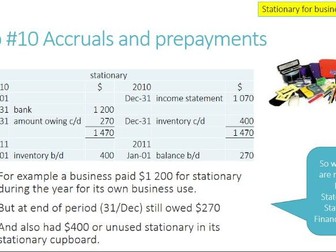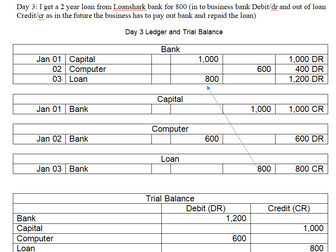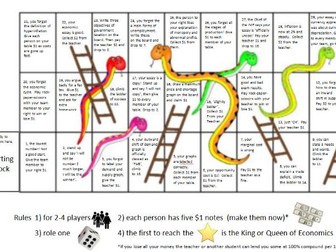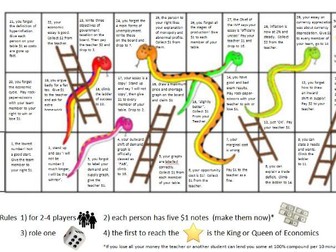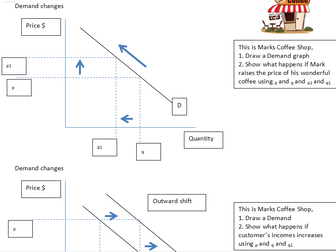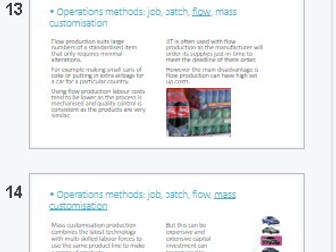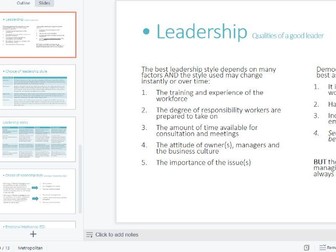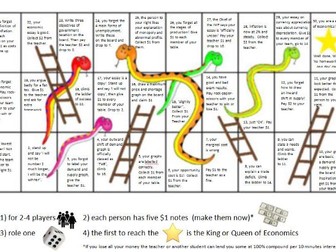CIE 2020-2022 iGCSE Economics, economic problem, factors of production, opportunity cost, PPC
<p>CIE has six parts to its 0455 Syllabus<br />
This is 31 MCQ and answers for part 1 from a selection of CIE past papers including Winter 2018:<br />
"The basic economic problem The first section of the syllabus introduces the fundamental ideas and concepts that underpin the study of economics including the basic economic problem, factors of production, opportunity cost and production possibility curves."<br />
Attached is the Q and A.<br />
students can write and explain and then present their answers and why they rule out the other options.<br />
maybe one 45min lesson here.</p>
